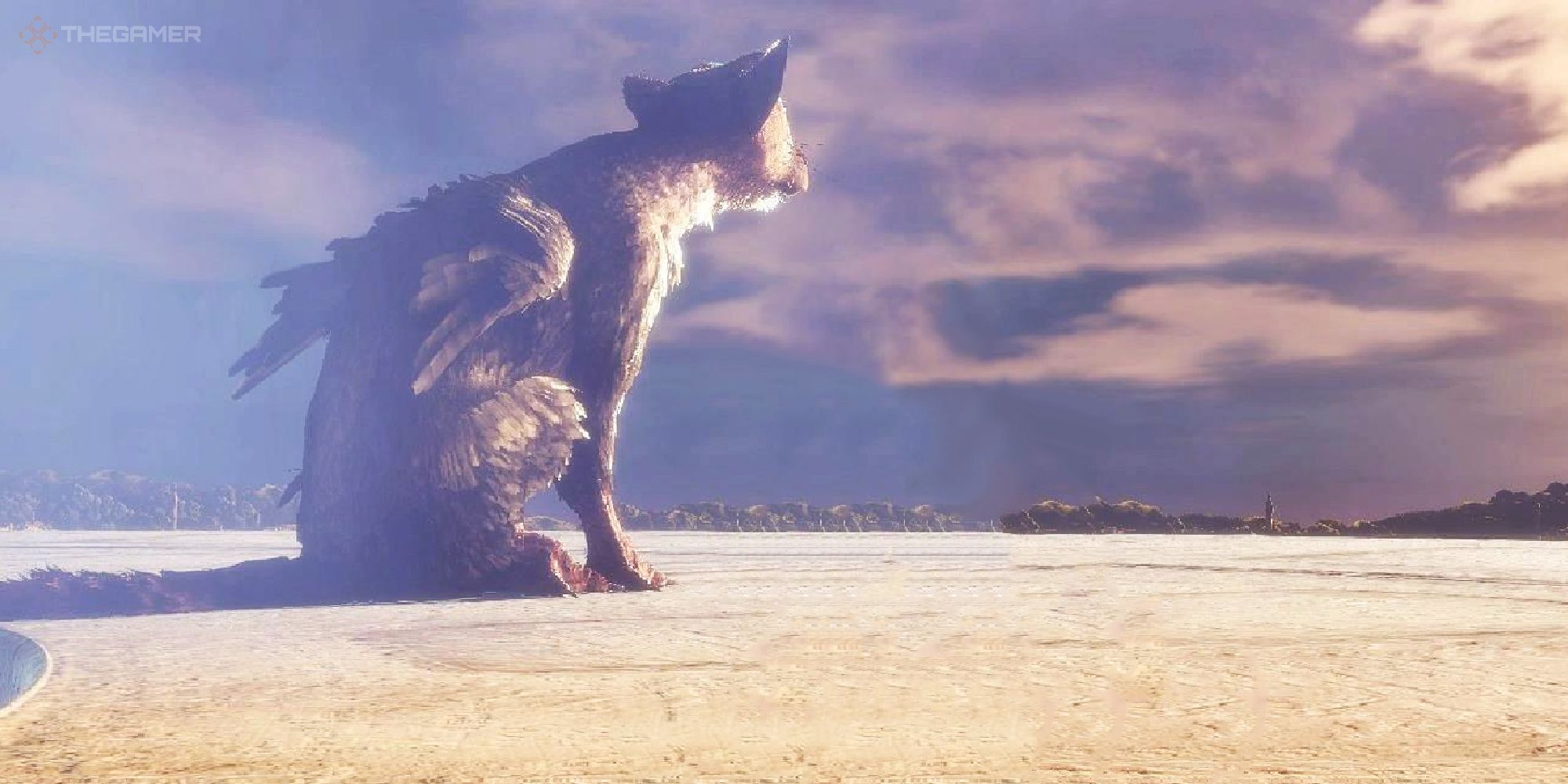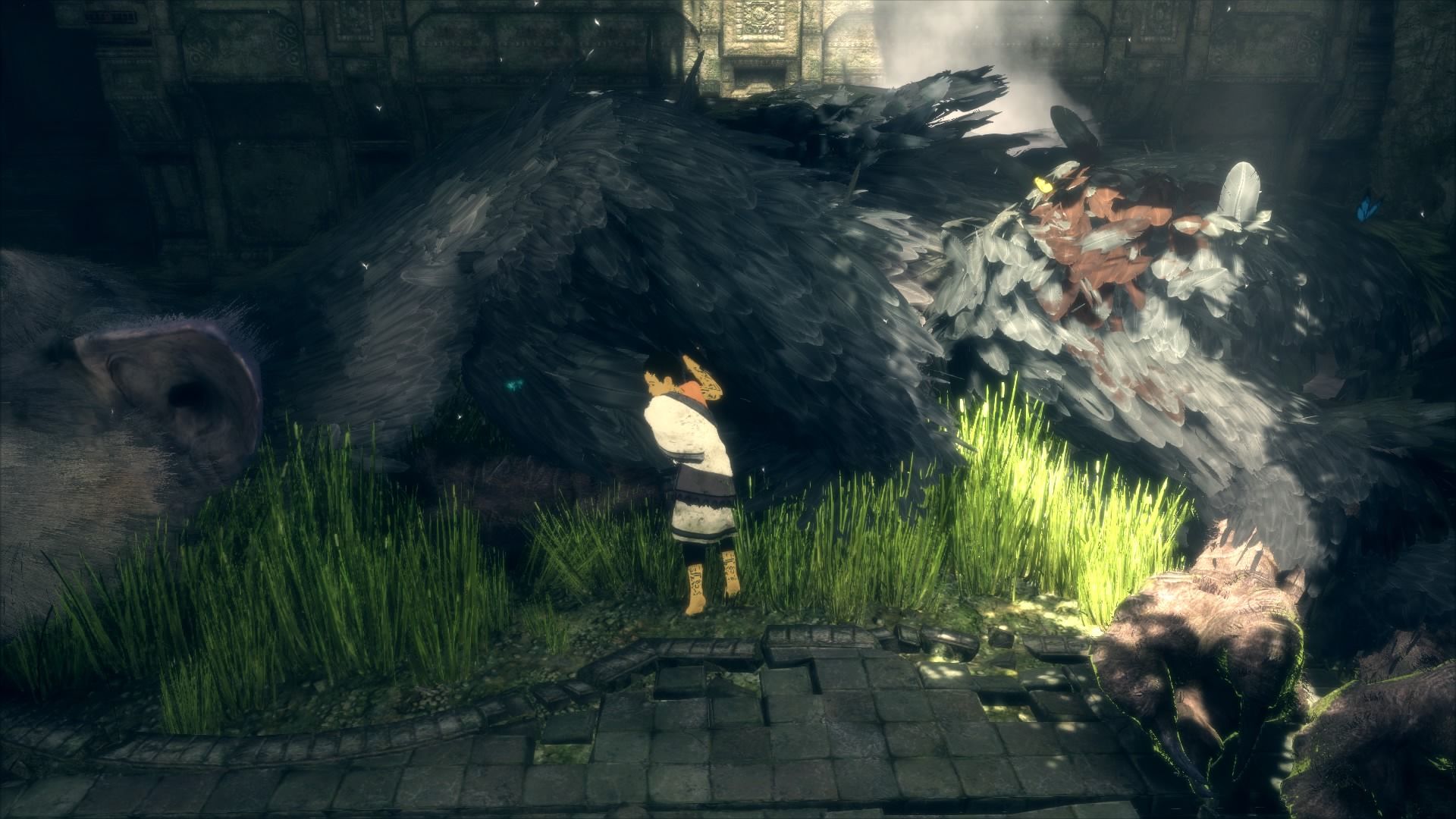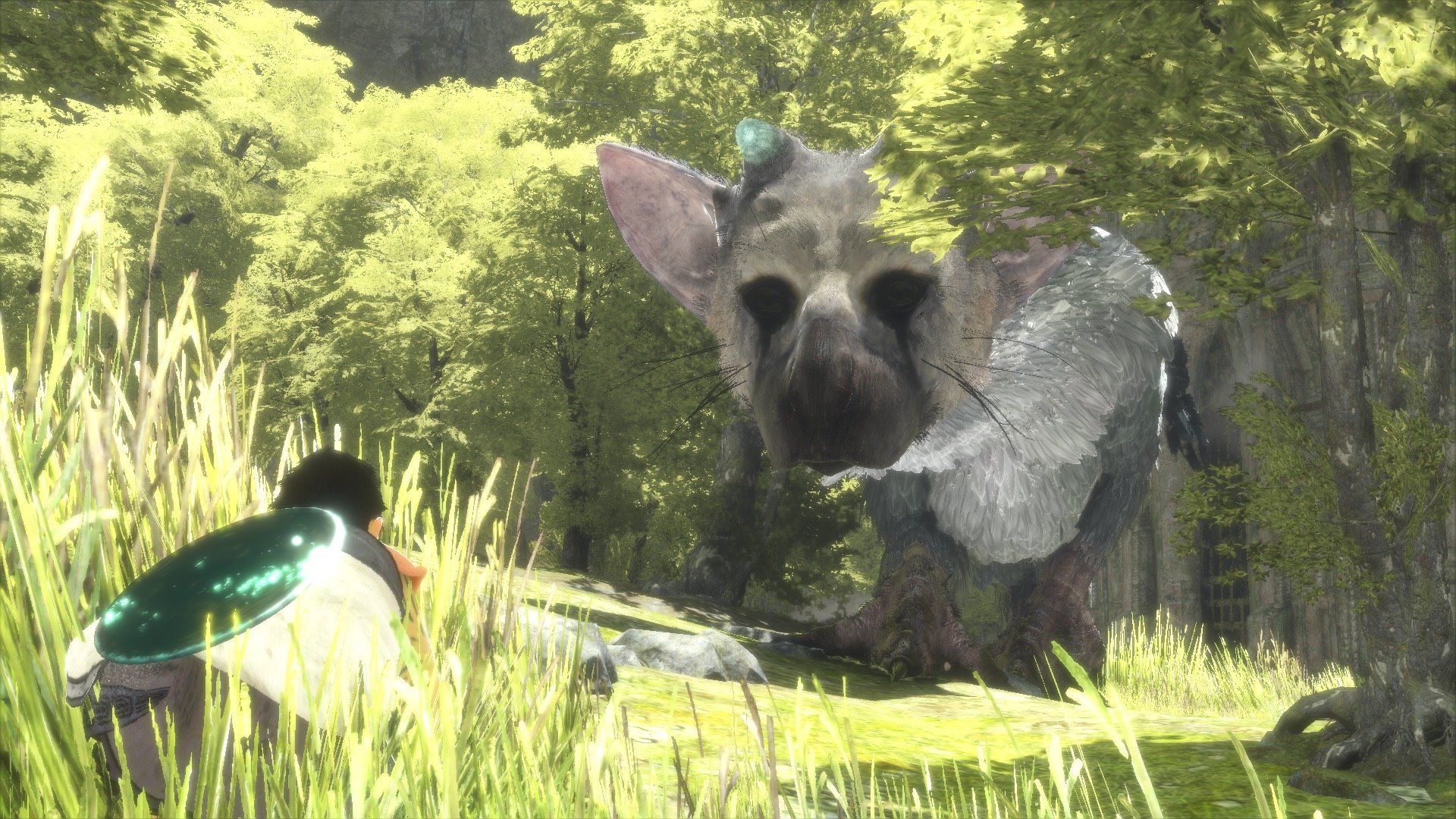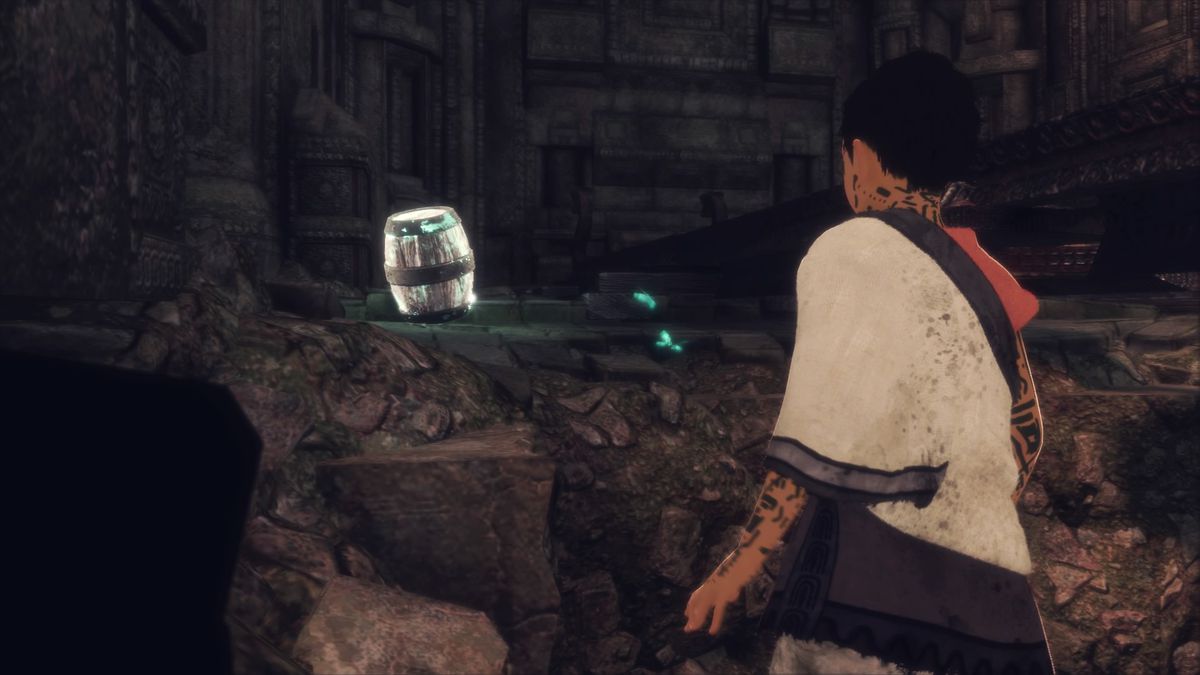“You idiot!” my colleagues shout (see: type) at me. They are, unsurprisingly, completely fed up. My own boss is leaving the site before the month is out because he’s had it up to here gestures high above my head and towards the clouds with me. I am, from what I have been told, a pain in the arse for which there is currently no known cure.
Context: I’ve just made the critical mistake of calling a game that isn’t widely regarded as very good, very good. I will reiterate it now: The Last Guardian is the best looking game ever made. To be honest, the only one that comes remotely close to usurping it is probably Shadow of the Colossus, which - yes! - was also made by Team Ico. Other notable powerhouses in the video game art department include The Legend of Zelda: Majora’s Mask, Okami, both Ori games, and although I have not played it personally, Kentucky Route Zero - which is downright stunning from what I have seen of it. I’m also a huge fan of Nier: Automata’s art style, as well as the art direction in pretty much every single Arkane game - that Prey intro!
All of that being said, I am absolutely certain that The Last Guardian is the most enduringly, gorgeously artistic game ever developed. It’s okay if you disagree with me - to paraphrase the late Brendan Grace: I know I’m correct, and that’s all that matters.
I think it’s easy to see Team Ico’s magnum opus - yes, I prefer it to both Ico and Shadow - as a sea of shimmering beiges and greens. In reality, its aesthetic can often feel a bit dusty, despite how ostensibly refined most of its natural wonders and towering stone structures are. In this abyssal valley, untethered from the rest of the world, it’s almost as if there’s a kind of filament on top of everything you see designed to communicate both its age and long-weathered isolation. This is mostly the case near the beginning of the game, after you wake up and first witness the great big bird cat dog not-so-sweetly slumbering next to you.
The Last Guardian is not all beige, really. In the first hour of the game alone, we see excellent uses of green, grey, silver, white, orange, pink, blue, brown, yellow, and black. There is, if anything, a noticeable omission of beige from a palette that might usually accommodate it. I think the reason it is often remembered for being beige - which, again, it is not - has to do with the fact that it is minimalistic, as per director Fumito Ueda’s famous ‘design by subtraction’ adage. It is easy to remember The Last Guardian as the image of Trico and the boy staring at one another across a roaring chasm. When you actually boot up the game for yourself, though, and wander around the looping, labyrinthine rifts and recesses of this curious, inscrutable valley, the game’s colour and noise - and often purposeful lack thereof - take on a life of their own. Art is often at its best when it isn’t shouting “Look at me!” every five seconds.
Consider the scene: after scaling the outside of a colossal megastructure in an amateurish but competent series of swings, jumps, and leg-ups, you’ll find yourself alone and surrounded by sentient suits of armour. I think it says a lot about The Last Guardian that these enemies are actually, truly terrifying - not in the same sense as effective horror, but in a way that resembles the impact of the uncanny valley. All of the sections with these suits are tense and, to be completely honest, mostly unenjoyable. There’s a reason, then, that after successfully opening the gate for Trico and watching him wallop these hunks of junk into the cavernous depths below, you are escorted out towards a more solemn area.
It is green - as in, there are countless shades of vivid, vibrant emerald here - and airy. There are structures beside you that look both older than time itself and almost as if they have become an organic part of the nature that is slowly but surely consuming them. It is big and spacious and unequivocally majestic in the most melancholic but magnificent way. You’re alone, but there’s a beauty to that serendipitous sense of solitude. This is all communicated visually - the tone, the mood, the atmosphere. The Last Guardian doesn’t need a 120fps patch to look better than every other game ever made. It has a distinct art style you could pick out from a million miles away. In an era where realism is king among triple-A blockbusters, The Last Guardian proves that nothing leaves more of a lasting impression than stylistic identity.
I’m aware that a lot of people might disagree with me on this. I mentioned lots of games earlier with excellent art direction, but as I’ve sat here writing, I’ve also thought about the stunning, arresting worlds of Dark Souls, Bloodborne, Breath of the Wild, Firewatch, and, dare I say, Mirror’s Edge. There is a huge difference between looking good or impressive, however, and using art to actually speak to someone. I know a lot of games use visual signposting to communicate instructions - Mirror’s Edge highlights objects you can interact with in red, for example. When I think of The Last Guardian, though - the butterflies, the barrels, and the coordinated, integrated shades of weird, ethereal blue connecting them - it’s just a whole other ball game. No other virtual world feels this big but concentrated, this vast but empty, this storied but superbly stagnant. Through the tones between tones, it’s like a prettier, more subtly refined Ghibli film.
This is mostly an article about how The Last Guardian looks, but I’d also like to quickly address everyone’s favourite great big bird cat dog. A lot of people dislike The Last Guardian because this great big bird cat dog - whom we affectionately know as Trico - behaves like a great big bird cat dog as opposed to behaving like a not-great-big-bird-cat-dog. Again, I won’t dwell on this point here, but I would hope my very intentional framing of that criticism in this specific way is capable of articulating why it’s a bit silly. Trico, of course, is another key piece of the game’s artistry.
In fact, it is Trico’s eyes - and, by extension, his behaviour - that truly allow The Last Guardian to shine. This is something I’ve spoken about before, but for the sake of this argument, I probably need to mention it again: Trico’s eyes flit from exuberant pinks to deep shades of amberish yellow. They burn white and pierce green. No matter where you are in the world, Trico’s eyes are the most impressive source of lighting. They simultaneously function as a storytelling device - they describe his mood - and an artistic centrepiece. Whether he’s peeking through a gap, commandeered by The Master, staring at a barrel, or glaring resolutely into the camera from the cover of that oh-so-special darkness at the end of the game, Trico is, without a doubt, the object of video games’ most perfect art. You might reckon he’s just a great big bird cat dog - you’re not wrong! What’s worth remembering is maybe that’s part of what makes him so special in the first place, and why that allows Fumito Ueda’s masterpiece to transcend prettiness and fidelity to become a bona fide spectacle of art, vision, and unbridled creativity.




